20 Weird Dog and Cat Behaviors Explained by Science
Why are our lovable cats and dogs so weird? Live Science explores the seemingly mysterious behaviors of each, including why cats bury their poop and why dogs sniff each others' butts.
Why do dogs eat poop?

You knew it was coming… Your dog doesn't only smell other dogs' bottoms and poop in odd ways — Fido also sometimes consumes feces. This behavior, called coprophagia, sometimes happens because the dog has a health condition, such as diabetes or Cushing's syndrome, that alters its appetite. Other times, it's due to nutrient deficiencies, according to VCA Animal Hospitals.
But oftentimes, perfectly healthy dogs will eat poop. It's unclear why, but one hypothesis is that coprophagia is simply a scavenging behavior, a remnant of dogs' evolutionary history.
Another idea is that dogs learn this behavior during puppyhood, when their mothers lick their genitals to stimulate urination and defecation, and then eat the excrement to maintain a clean den. It's also possible that dogs eat poop simply because they're bored. [Why Do Dogs Eat Poop?]
Regardless of the reason, eating feces can be harmful, as one case report revealed: A 1-year-old female mixed-breed dog was brought to the vet because of urinary incontinence, abnormal thirstiness and an excess of diluted urine, according to the report, published in 2013 in the Journal of the American Veterinary Medical Association. Turns out, the young pup had eaten the feces of another household dog, and that dog was being treated with a nonsteroidal anti-inflammatory drug called carprofen. The drug ended up in the treated dog's feces and then was transferred to the female when she ate that poop.
Are cats smarter than dogs?

Science doesn't have a clear answer on this one, so cat and dog lovers may forever debate whether Fluffy or Fido is brainier. But there are hints as to which fluff ball is most intelligent.
Cats' brains take up 0.9 percent of their body mass, compared with 1.2 percent for a dog's brain, but size doesn't necessarily matter here, experts say. That's because cats have 300 million neurons in their cerebral cortex, an area of the brain responsible for information processing. Dogs have 160 million neurons in that region.
However, it's hard to do experiments with cats because, well, they'd rather lick their paws than follow orders, scientists say. But one experiment showed that although both cats and dogs can solve puzzles to get food, cats will keep trying even if the puzzle is unsolvable, while dogs will go get humans to help them.
Get the world’s most fascinating discoveries delivered straight to your inbox.
This doesn't mean either animal is smarter. It just shows the effects of how dogs were domesticated at least 20,000 years before cats were, and thus are more likely to interact with humans, the study researchers said. [Are Cats Smarter Than Dogs?]
Why do dogs wag their tails?
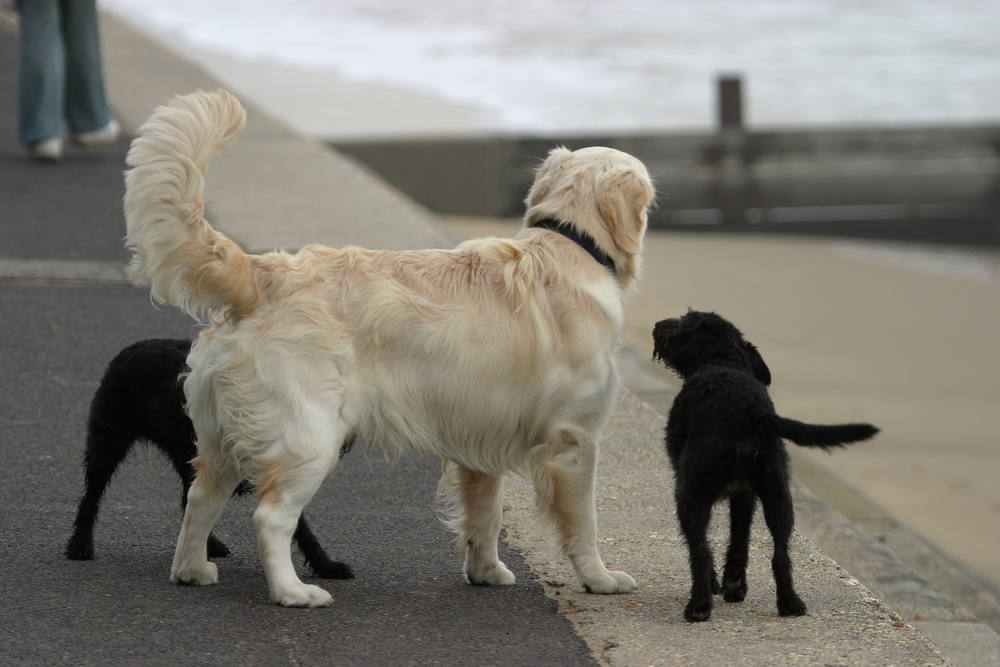
Is it true that your household canine wags his tail out of glee? Sort of. Dogs do wag their tails as a form of communication, research has found. But a little shimmy doesn't always say, "Come pet me." Perhaps surprisingly, in 2007, researchers found that whether the tail is swishing on the right or left side of the dog's body has meaning: A tail wag that's skewed toward the right indicates positive emotions, while a leftie wag suggests negative emotions.
The left-right difference may be linked to the differences found in the right and left hemispheres of a dog's brain, the researchers noted. In addition, research published in 2013 in the journal Current Biology revealed that a right-wagging tail tends to relax canine passersby, while a left wag seems to stress out other dogs.
The position of a dog's tail, even when it's not wagging, can also convey meaning. A tail held high above the spine may indicate arousal, while a tail tucked between the dog's rear legs can suggest fear, according to the American Society for the Prevention of Cruelty to Animals.
Why do dogs chase their tails?
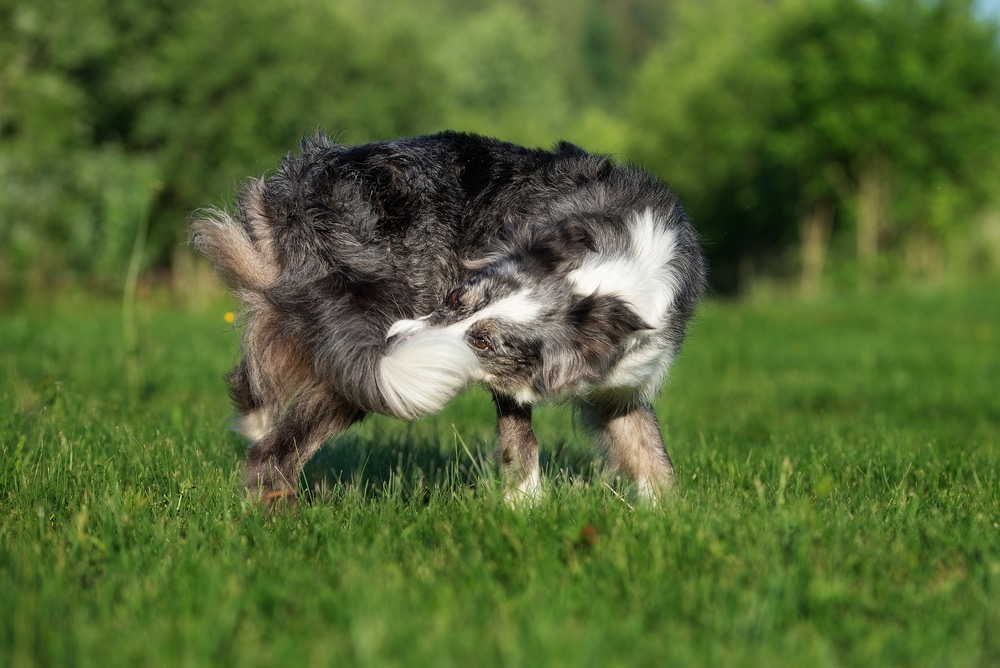
Zooming around in circles in hot pursuit of a furry thing that seems just a hair out of reach … Yes, tail chasing can be a pastime for some dogs. So, why do they do it? The dizzying behavior may be a throwback to your canine's hunting days; even if your dog isn't living in the wild, he or she has kept survival instincts, so when a moving tail comes into the dog's view, it's off to the races, according to the Canine Journal. Of course, that's not the only reason for running round and round — your dog could be chasing an itch if he or she has fleas or ticks, according to the journal.
If the tail-chasing behavior becomes excessive, it could be a sign of the doggy version of OCD, called canine compulsive disorder, according to a study published in 2012 in the open-access journal PLOS ONE. That study found that dogs given dietary supplements such as vitamins and minerals were less likely to show the excessive tail-chasing behaviors. Overall, the dogs with tail-chasing issues were shier and had been separated from their moms earlier than those without the compulsive behavior.
Why do cats "make biscuits"?
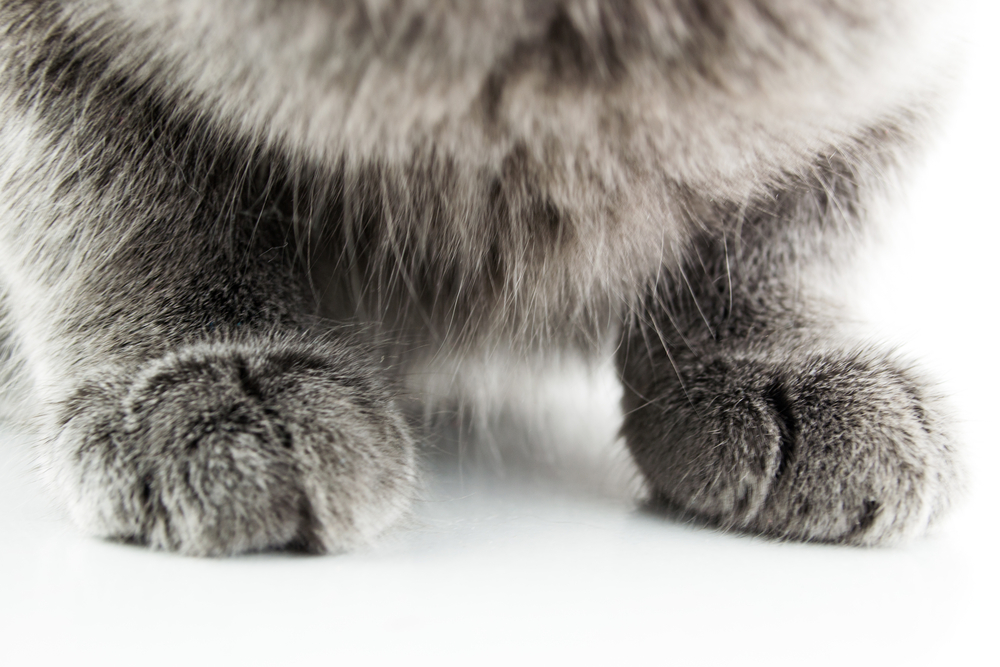
Turns out, your cat is not making biscuits when he or she seems to be kneading your pillow. That said, scientists aren't sure exactly why cats "knead," though they have some hypotheses. The most common explanation is that it's a leftover behavior from kittenhood, when the little fur ball would knead around its mom's teats to stimulate milk flow, according to a review of research published in the Journal of Veterinary Behavior in 2016. The behavior might also date back even further, to Fluffy's wild ancestors that apparently would pat down the foliage to make a soft bed or spot for giving birth. And still another idea is that kneading is one way of stretching for your cat (and cats love to stretch after a long nap), according to PetMD.
Why are cats such picky eaters?
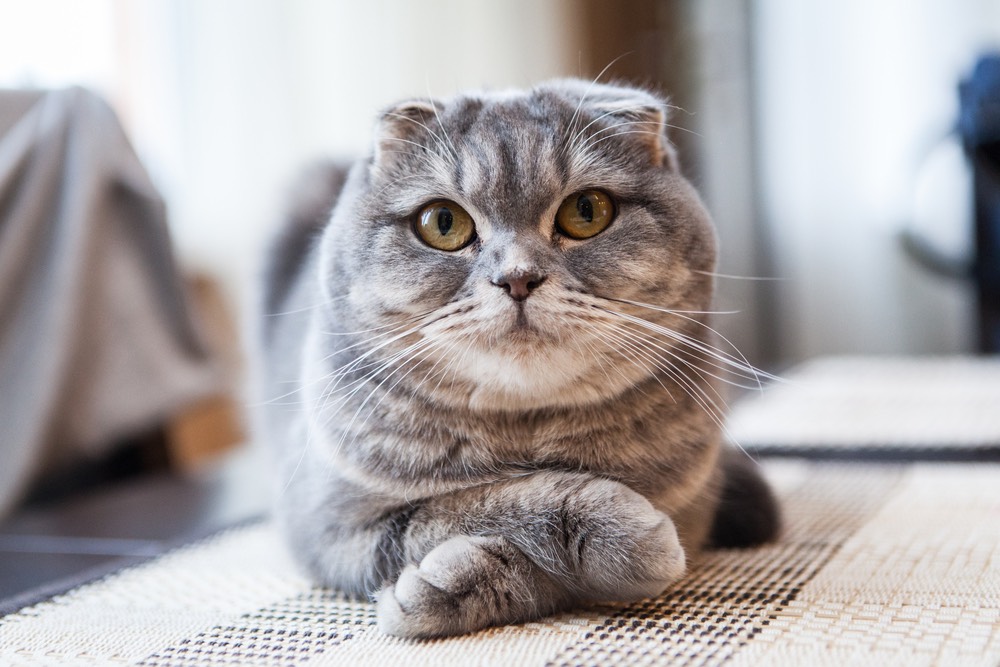
When your cat turns her nose up at the food you place in front of her, don't feel bad. First of all, you're not alone — cats around the world are picky eaters. In fact, the seemingly snobby behavior may be hardwired into a feline's brain.
And rather than judging food on its smell, taste and feel, cats may be doing some math, albeit instinctually, in their heads. That's because they need foods with a 1 to 0.4 ratio of protein to fat, according to a study published in June 2016 in the journal Royal Society Open Science. "Given that the foods contained negligible energy from carbohydrate, this would equate to approximately 50 percent of total daily energy intake from protein and 50 percent from fat," the researchers wrote in the paper. How your cat can detect this nutrient ratio remains a mystery … for now.
Why do cats always land on their feet?
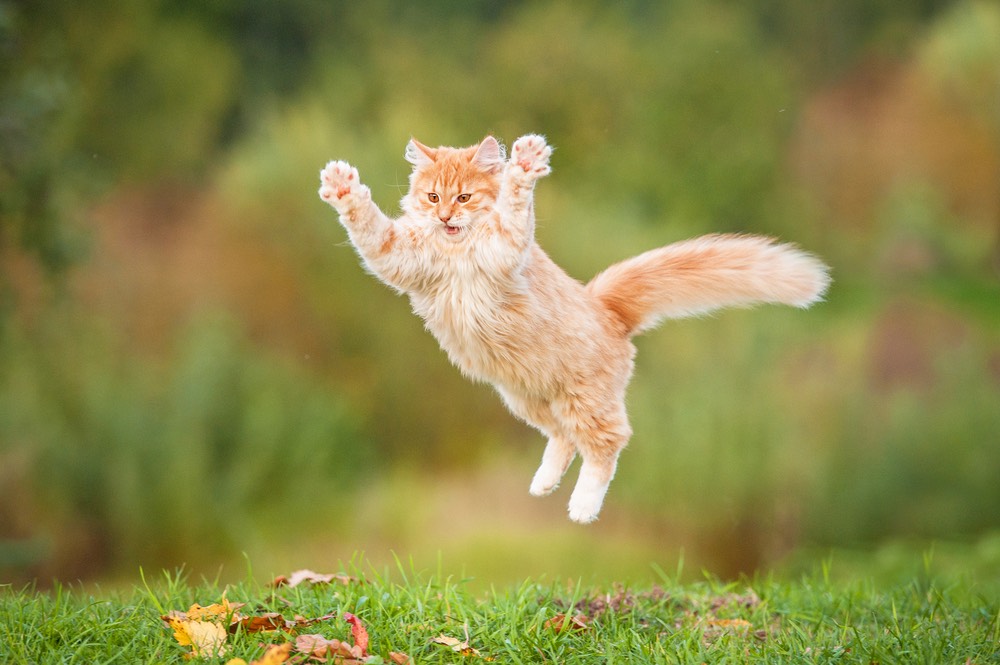
If you're a cat owner, you've probably seen your wild fur ball take some pretty fantastic spills while walking across a narrow or shaky surface. Every time, the confidant beast nails the landing.
Here's why: For one, they're built for leaping, as they have an exceptional sense of balance and extra-flexible backbones because they have more vertebrae than humans. The extra vertebrae let them twist their bodies in midair and right themselves while falling. This aerial righting reflex has been described not only in cats but also in various other mammals, such as guinea pigs, rabbits, rats and primates, researchers wrote in 2011 in the journal Integrative and Comparative Biology. By 3 weeks old, kittens have mastered this righting reflex, according to a study published in 1984 in the journal Experimental Neurology.
This ability, however, doesn't give cats superhero status, and falls from heights can lead to injuries. In fact, high-rise syndrome — when cats fall from a height of more than two stories — can lead to fractured limbs and chest and other injuries, according to a study published in 2004 in the Journal of Feline Medicine and Surgery.
Why do cats raise their butts in the air?
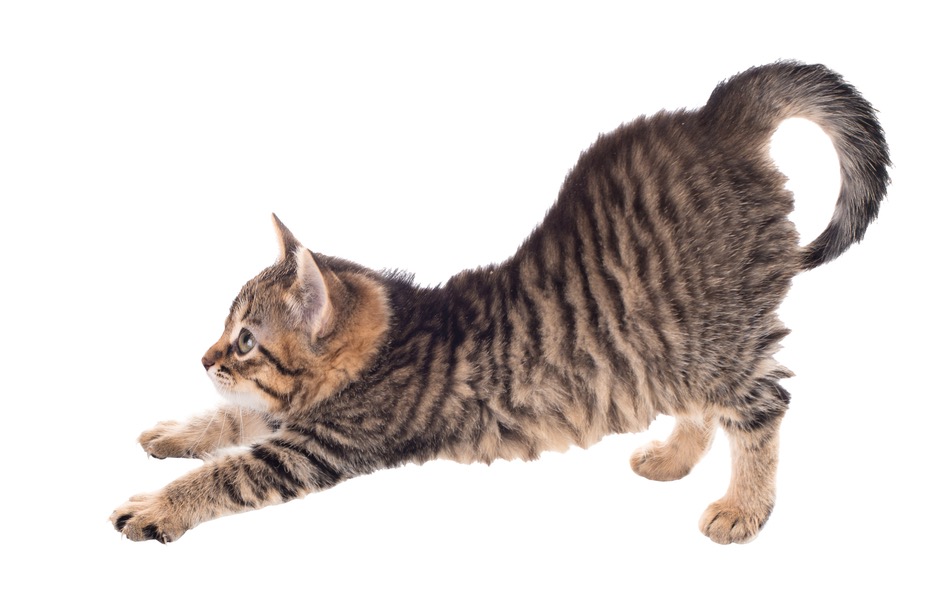
Most cat owners are quite familiar with a behavior that Pam Johnson-Bennett, author of several cat books, called the "elevator butt," in which your cat raises her hindquarters while lowering the front part of her body. Usually, the silly-looking posture occurs when you're petting a cat.
"Although elevator butt may seem rather insulting to us, it's actually the cat's very positive response to the fact that you've hit just the right spot when petting her," she wrote in her book "CatWise: America's Favorite Cat Expert Answers Your Cat Behavior Questions" (Penguin Books, 2016). Where is that sweet spot? Just at the base of the tail, though not all cats enjoy being rubbed there, Johnson-Bennett said.
But that elevator-butt stance, also called lordosis, has a sexual meaning as well. A female cat that hasn't been spayed may raise her posterior area to signal to males that she's ready to mate, Johnson-Bennett wrote.
Do dogs dream?

When dogs snuggle in for some shut-eye, they sometimes enter the dream world. Turns out, in this respect, your dog is a lot like you: When they drift off, dogs cycle through stages of wakefulness, rapid-eye-movement (REM) sleep and non-REM sleep, according to research published in 1977 in the journal Physiology & Behavior. In that study, scientists recorded activity in the brains of six pointer dogs. They found that the canines spent 12 percent of their time in REM sleep and 23 percent of their time in the deepest stage of non-REM sleep, called slow-wave sleep. For people, the most memorable dreams occur during REM sleep.
Though researchers suspect your dog does have dreams, what makes up those dreams is an area of ongoing research. One way for scientists to enter a dog's dream world is to temporarily block the muscle-paralyzing part of the brain's pons, a region in the upper part of the brainstem; when that happens, dogs start to act out their dreams.
"What we've basically found is that dogs dream doggy things," Stanley Coren, a professor emeritus of psychology at the University of British Columbia and the author of "Do Dogs Dream? Nearly Everything Your Dog Wants You to Know" (W. W. & Norton Co., 2012). "So, pointers will point at dream birds, and Dobermans will chase dream burglars. The dream pattern in dogs seems to be very similar to the dream pattern in humans," Coren told Live Science in February 2016. Coren also found that tiny dogs likely have shorter, but more frequent, dreams than larger dogs.
Why do cats push up against you?
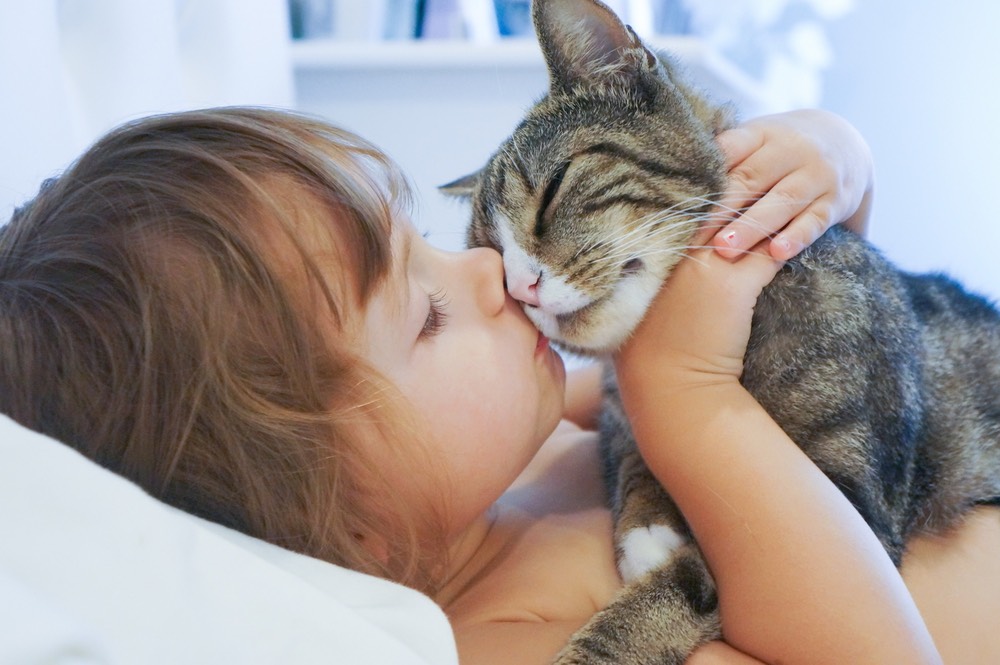
When your kitty pushes his or her head up against you repeatedly (as they seem to do everything), they are indicating that you're a part of their group, according to PetMD. Just like cheek-rubbing behaviors, in which a cat rubs her face against a human's skin, head "bunting" is another way of spreading their scents. According to PetMD, cats have scent glands in the spot on their heads above the eyes but below the ears — exactly where they push into you. By releasing its own scent, your fickle feline is bonding with you, Johnson-Bennett said on her website Cat Behavior Associates.
"The bunting and rubbing are reserved for bonding, social, comforting and friendly purposes," Johnson-Bennett wrote. "When your cat engages in head bunting or head rubbing, he is placing his scent there as a social and affectionate gesture."

Laura is the managing editor at Live Science. She also runs the archaeology section and the Life's Little Mysteries series. Her work has appeared in The New York Times, Scholastic, Popular Science and Spectrum, a site on autism research. She has won multiple awards from the Society of Professional Journalists and the Washington Newspaper Publishers Association for her reporting at a weekly newspaper near Seattle. Laura holds a bachelor's degree in English literature and psychology from Washington University in St. Louis and a master's degree in science writing from NYU.


